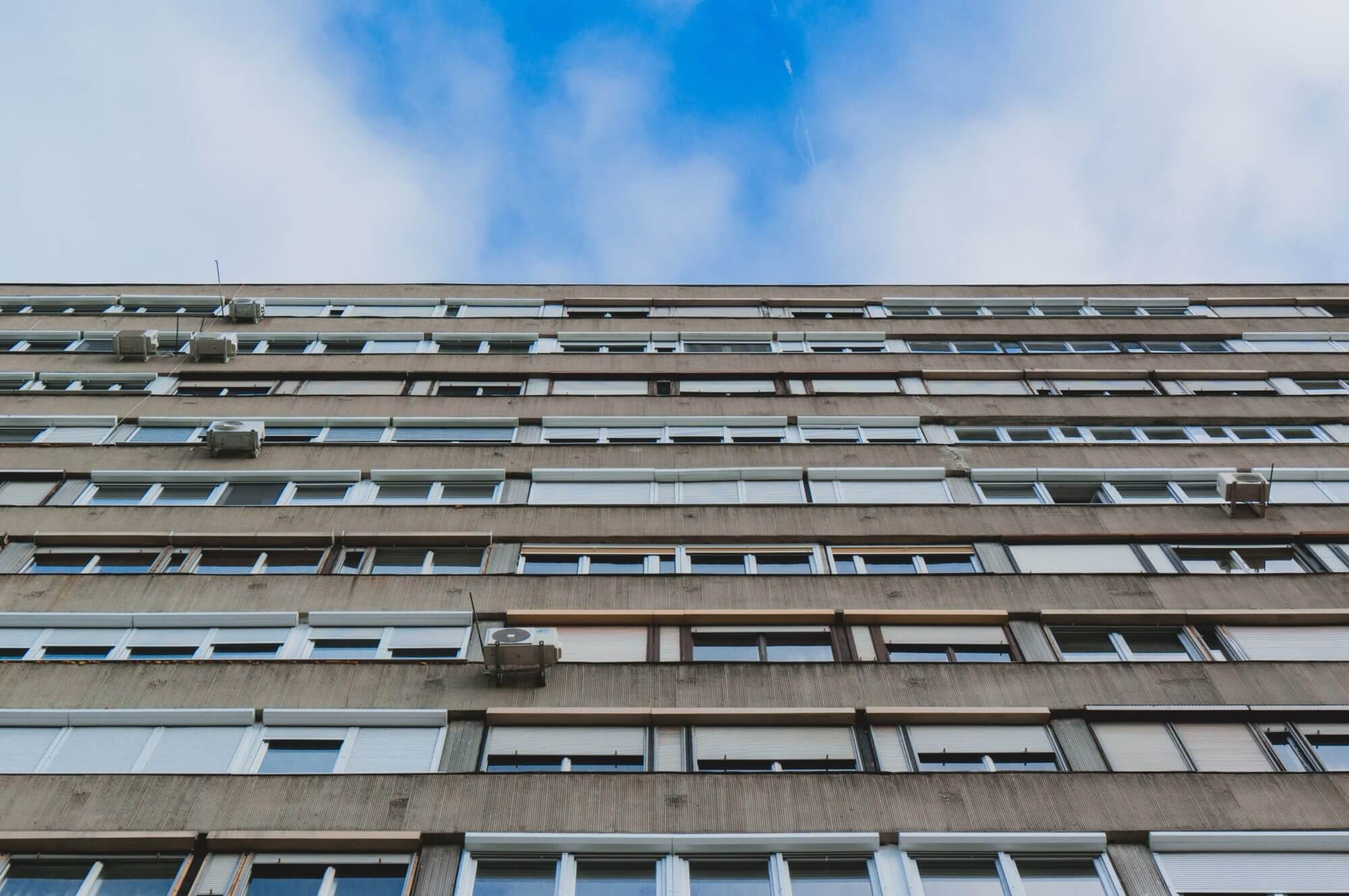No money topic is too big or too small. Welcome to the Mouthy Money Podcast,…
Read More →

No money topic is too big or too small. Welcome to the Mouthy Money Podcast,…
Read More →
Welcome to Mouthy Money Competitions! We offer regular personal finance book, and other special competitions, to readers.
Read More →
Mouthy Money editor Edmund Greaves ponders how redistributive socialism ended up at the heart of…

Trump tariffs are sweeping global markets. But how is it going to affect UK personal…
Read More →
Investment trusts are one of the oldest forms of investment vehicles available to private investors.…
Read More →
Forget stealth taxes, the Government might soon introduce a stealth Brit ISA, Mouthy Money editor…
Read More →
Chancellor Rachel Reeves has delivered the Government’s Spring Statement, providing a troubling economic update and…
Read More →
Missing out on the Stamp Duty deadline might not be the catastrophe you think it…
Read More →
It’s hard to visualise what you want in retirement. Mouthy Money editor Edmund Greaves has…
Read More →
Selling an investment is the one aspect of investing that often goes undiscussed. But it…
Read More →
Trump’s tariffs reignite trade tensions, rattling markets as investors seek safe investment havens As of…
Read More →
Copyright @ 2017 Mouthy Media LTD, All Rights Reserved. Cookie and Privacy Policy & Comments Policy. Designed by Buck Studio. Company registration number 10880346.